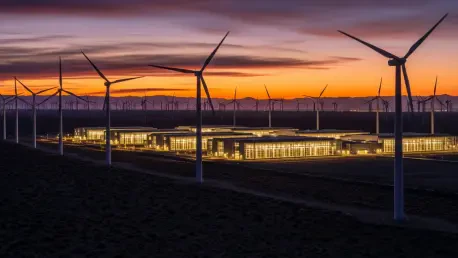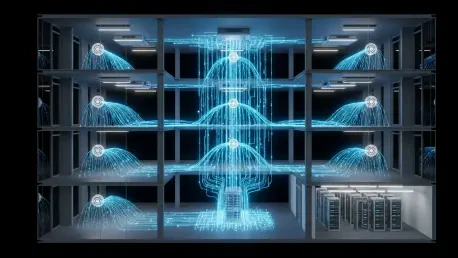

In a world grappling with the environmental legacies of industrialization, the persistent issue of acid mine drainage (AMD) represents one of the most significant and widespread challenges, with South Africa alone discharging nearly 400 million liters of this toxic byproduct from active and

A critical new report has ignited a fierce debate across New South Wales, placing the state's significant coal mining industry in direct opposition to its legally mandated climate change commitments. The analysis, released by the independent NSW Net Zero Commission, has become a flashpoint by

As a significant drop in temperature is anticipated across the Southeast early next week, residents are bracing for the increased demand on their heating systems which will inevitably lead to higher energy consumption. In response to the coming cold spell, Piedmont Natural Gas is proactively

With home energy costs representing a significant and often unpredictable portion of household budgets, many homeowners are searching for sustainable ways to reduce their expenses without sacrificing comfort. The quest for efficiency has led to a reevaluation of traditional heating and cooling

A New Dawn for a Legacy Refiner Amber's Strategic Blueprint Amber Energy, an affiliate of Elliott Investment Management, is poised to reshape the future of Citgo Petroleum, signaling a significant shift from a decade of ownership uncertainty. In a move that defies typical private equity strategies,

The North American solar market represents a massive opportunity, valued at over $35 billion, yet it is protected by a complex web of regulations and standards that can be impenetrable for unprepared manufacturers. For any company producing solar inverters and dreaming of tapping into this

In a remarkable display of operational agility, Venezuela’s state-run oil company managed to increase its exports in November, defying the crippling effects of a major fire that shut down a critical processing facility. This unexpected performance highlights a sector that has become adept at

For a city on the rise, a public transit system serves as the circulatory system, connecting residents to work, education, and community life, but what does it take for that system to not just keep pace with growth but to actively drive a more sustainable and efficient future? In Ames, Iowa, the

The rapid proliferation of artificial intelligence and the immense data centers required to power it are creating an unprecedented and largely unforeseen challenge for the nation's energy infrastructure. A comprehensive analysis from utility consulting firm ICF International projects a future where

A comprehensive new analysis has revealed a profound strategic realignment within global organizations, with energy efficiency in buildings decisively climbing to become the paramount infrastructure priority. This represents a remarkable ascent from its previous ranking of seventh place in 2023,
ITCurated uses cookies to personalize your experience on our website. By continuing to use this site, you agree to our Cookie Policy